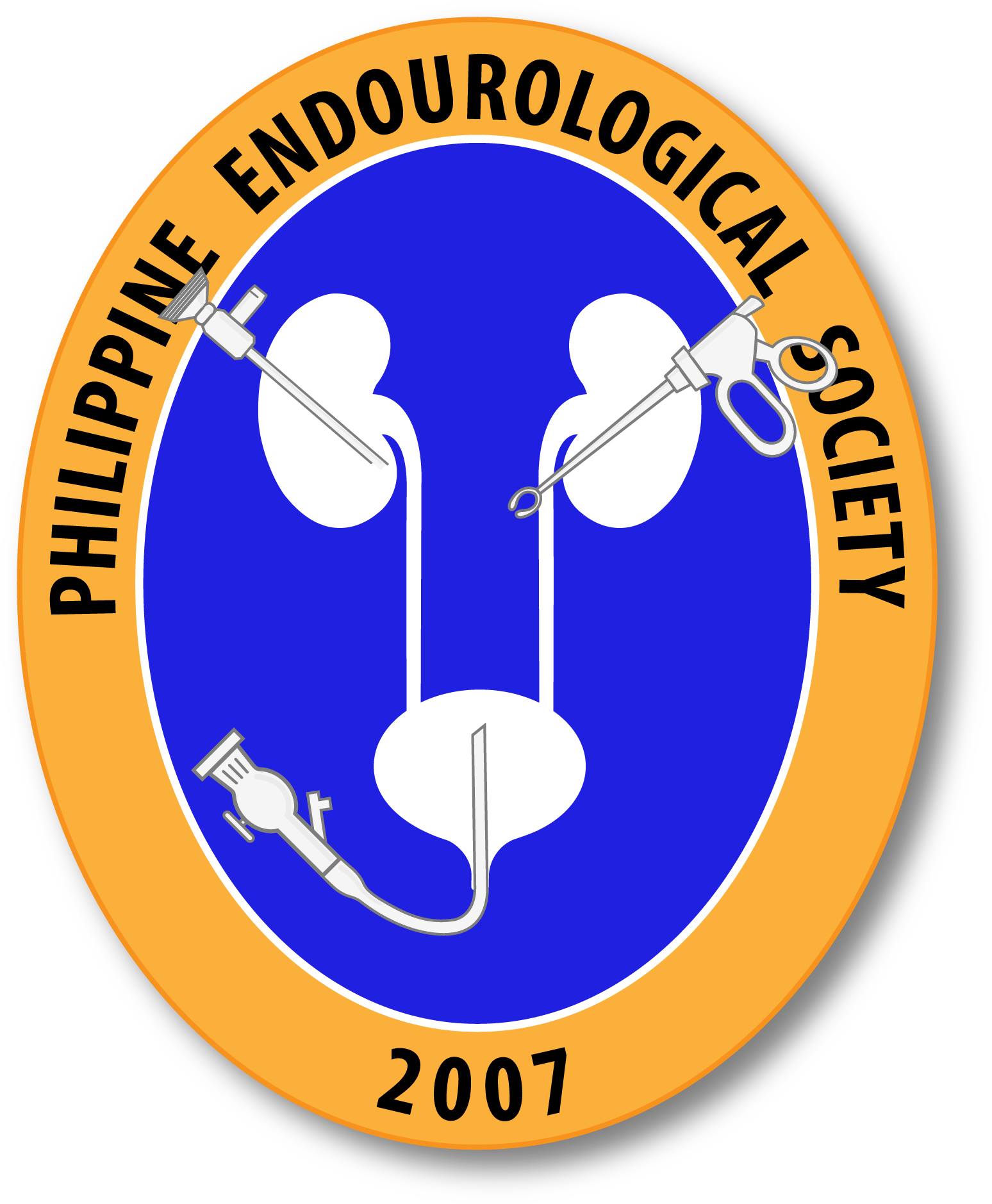Intravesical Electromotive Botulinum Toxin Type A (Dysport®) Administration in Children with Myelomeningocele.
Electromotive drug administration (EMDA) presents a minimally-invasive method of intravesical instillation of therapeutic agents without the need for general anesthesia 1. It employs a combination of iontophoresis, electrophoresis, and electroporation to deliver drugs into deep tissue layers using an electrical current created between two electrodes 2. This video shows feasibility of botulinum toxin type A […]
